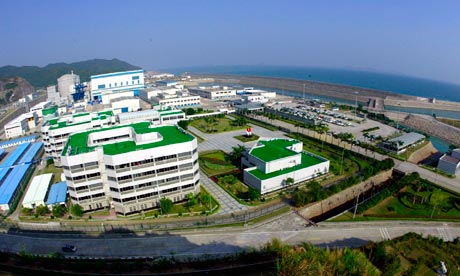Normally I reserve this space for the freezer pack and fan “coolers” that make the paper every year. This year they actually put an air conditioner in them. Do not get excited however because they are still a ripoff. One, anyone could modify a regular small super efficient air conditioner to do this. Two, they require a exhaust port at every window you would use and it does not look like you can move the ports from window to window. Three, they are really really inefficient air conditioners but they hide that by reducing the price to operate to the smallest unit of measure possible. Finally they take out an ad that costs $1,500 dollars per day (like the coin sellers, the gold buyers, and the fake antiques roadshow people), where if they where legit they would just send out a press release. But with respect and the highest praise to this lady blogger, while using nicer language, she tears them a new you know what. Way to go lady!
http://daughternumberthree.blogspot.com/2011/06/articpro-air-conditioners-not-free-and.html
:}
Just a taste here. Go bookmark her page.
:}
Thursday, June 16, 2011
ArticPro Air Conditioners — Not Free, and Not the Best Choice
The UMS designers have outdone themselves in making the ad appear to be a free giveaway. The use of a black reversed box at top left with MINNESOTA DISTRIBUTION NOTICE and the year just above it, I would say, is designed to mimic the look of government notices, such as IRS publications. There’s the usual UMS limited availability offer (only 1,573 units!), now embellished with a county-by-county listing that makes the ad look even more official.
Nowhere in the top half of the ad is a price given or the fact that you have to buy the machines even mentioned — for instance, there’s no price called out in larger type with a dollar sign anywhere in the ad, including the call to action box at lower right.
It’s been several months since I saw an ad in the local papers from the Universal Media Syndicate, but their newest product appears to follow the pattern of their many earlier offers.
Today’s Star Tribune contained this full-page ad for an ArcticPro™ portable air conditioner:
The UMS designers have outdone themselves in making the ad appear to be a free giveaway. The use of a black reversed box at top left with MINNESOTA DISTRIBUTION NOTICE and the year just above it, I would say, is designed to mimic the look of government notices, such as IRS publications. There’s the usual UMS limited availability offer (only 1,573 units!), now embellished with a county-by-county listing that makes the ad look even more official.
Nowhere in the top half of the ad is a price given or the fact that you have to buy the machines even mentioned — for instance, there’s no price called out in larger type with a dollar sign anywhere in the ad, including the call to action box at lower right.
:}
Go there and read. More next week.
:}






